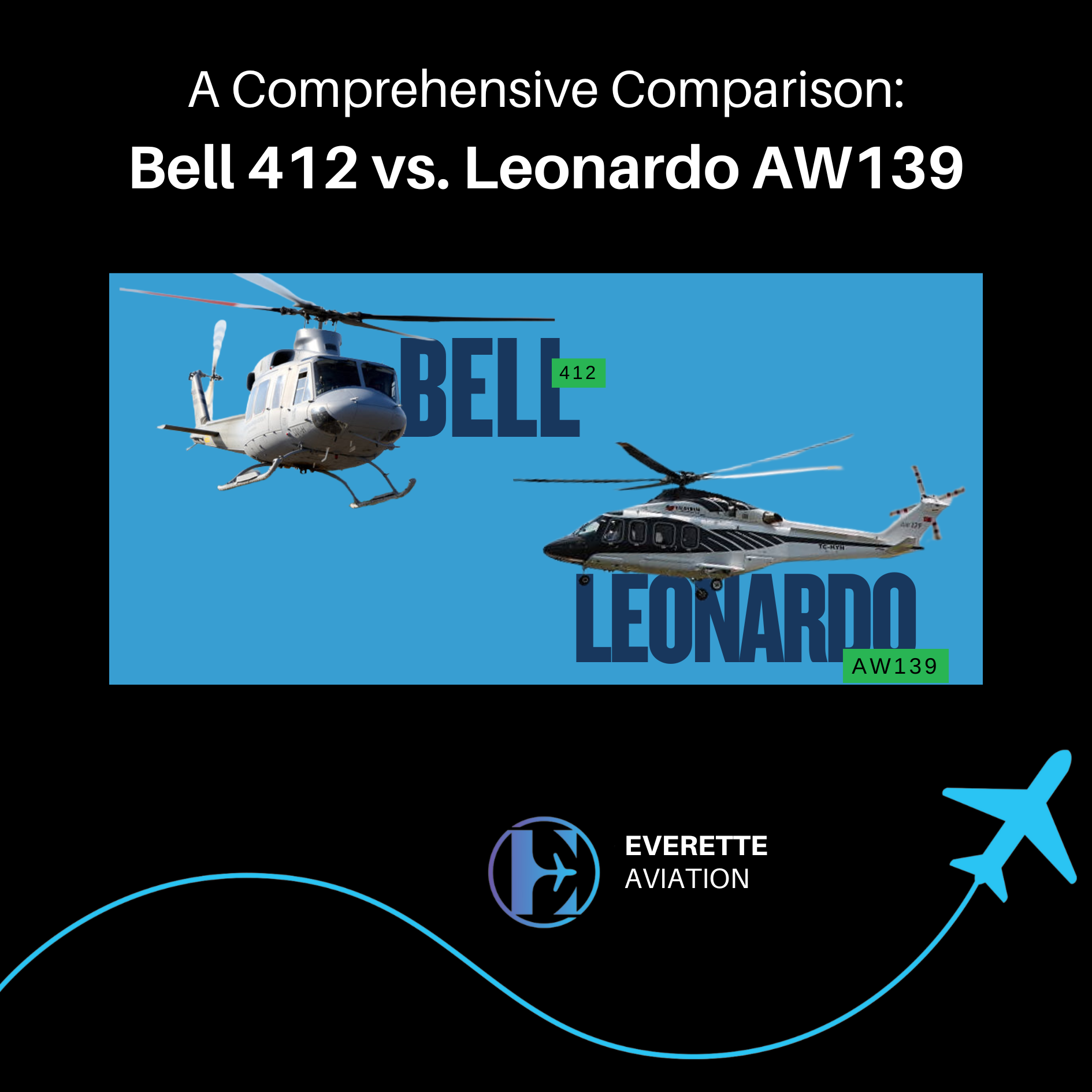The evolution of aviation is a fascinating journey that spans over a century of technological advancements and human ingenuity. From the first powered flight by the Wright brothers in 1903 to the modern era of supersonic jets and space exploration, aviation has revolutionized the way we travel, connect, and explore the world.

Early Pioneers (1900-1914): The Wright brothers, Orville and Wilbur, achieved the first controlled, sustained, and powered flight in 1903. Their aircraft, the Wright Flyer, laid the foundation for further innovations in aircraft design and control. During this period, aviation pioneers like Glenn Curtiss and Louis Blériot made significant contributions to aircraft development, including the first cross-channel flight by Blériot in 1909.
World War I Era (1914-1918): The outbreak of World War I accelerated advancements in aviation technology. Aircraft were used for reconnaissance, aerial combat, and bombing missions. The development of military aircraft during this period led to innovations such as synchronized machine guns, aerial photography, and the introduction of fighter planes.
Interwar Period (1919-1939): The interwar period saw rapid progress in aviation. Improvements in aircraft design, engine technology, and navigation systems led to the emergence of commercial aviation. Pioneering aviators like Charles Lindbergh made groundbreaking solo flights, such as the first solo transatlantic flight in 1927. Airline companies began offering passenger services, and aircraft such as the Ford Trimotor and the Douglas DC-3 became popular.
World War II (1939-1945): World War II witnessed significant advancements in aviation technology and tactics. Jet engines were developed, bringing about faster and more powerful aircraft like the German Messerschmitt Me 262, the world’s first operational jet-powered fighter. The war also saw the deployment of strategic bombers and the use of aircraft carriers for naval operations.
Jet Age (1950s-1960s): The introduction of jet engines revolutionized aviation, enabling faster and more efficient air travel. The British de Havilland Comet, the world’s first commercial jet airliner, made its debut in 1952. This era also saw the development of supersonic aircraft like the Concorde, which could fly faster than the speed of sound.
Modern Era and Commercial Aviation Expansion (1970s-2000s): The modern era of aviation is characterized by further advancements in technology, safety, and efficiency. The introduction of computerized systems, fly-by-wire controls, and composite materials improved aircraft performance and passenger comfort. The Boeing 747 and the Airbus A380 became iconic symbols of long-haul air travel, while low-cost carriers revolutionized the industry by making air travel more affordable and accessible.
Space Exploration and Beyond: Aviation has also played a crucial role in space exploration. The development of rockets and spacecraft enabled humans to travel beyond the Earth’s atmosphere. Landmark achievements include the Apollo moon missions, the space shuttle program, and the International Space Station (ISS). Private companies like SpaceX have emerged, aiming to make space tourism and colonization a reality.
In conclusion, the evolution of aviation has been marked by continuous innovation, pushing the boundaries of human flight and opening up new possibilities for exploration and transportation. From the humble beginnings of the Wright brothers to the futuristic concepts of space travel, aviation continues to shape our world and inspire future generations of inventors and dreamers.








